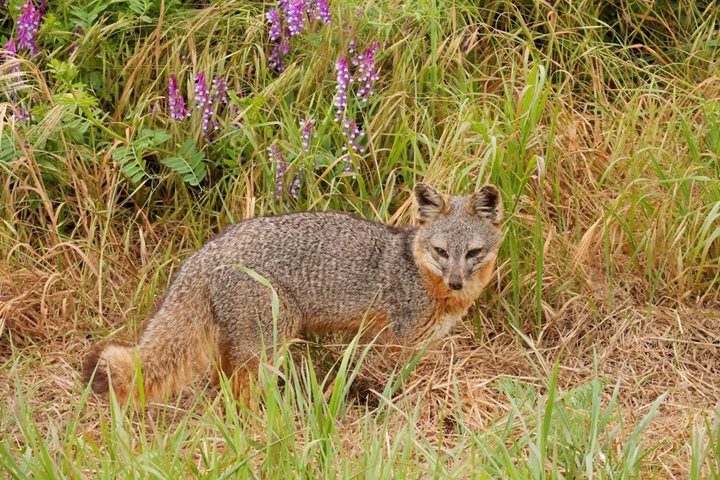Call +1300.361.012(AU) | 0800.444.462(NZ)
Rare wildness, close to home
One of the most biodiverse places on Earth is also one of America’s least visited national parks.
Along the coast of southern California, beginning a mere 12 miles from Los Angeles, eight wild and rugged islands stretch into the Pacific Ocean. Five of them—ranging from a tiny one square mile speck of land to California’s largest island at 96 square miles—are protected as Channel Islands National Park, and the six nautical miles surrounding each of them constitute a National Marine Sanctuary.
Astonishing biodiversity thrives in the islands’ craggy, mountainous landscapes and bustling undersea realms. Due to their isolation, plentiful food, and paucity of predators, the islands are unique environments that foster 2,000 species of animals and plants, some found nowhere else in the world.
Read more
VIEW CHANNEL ISLANDS ITINERARY > Get Inspired by Photos, Videos, Webinars, Stories, and Exclusive Offers. Sign Up
It’s possible to see an amazing gathering of 100,000 northern elephant seals as well as America’s largest breeding colony of California brown pelicans. Among the 386 other bird species here, the western gull also breeds in record numbers. The winsome island fox is an endemic land mammal to look out for, and whales and dolphins can sometimes be seen offshore. In fact, 27 species of cetaceans have been recorded in these waters including gray, humpback, minke, sperm, blue, and pilot whales.
The islands’ varied marine environments lie on the Continental Shelf and include towering kelp forests and a basin deeper than the Grand Canyon. A cold ocean current coming from the North Pacific meets a warm southern current, a mingling that carries fish, other sea creatures, and nutrients, and supports more than 1,000 species of underwater plants and animals.
Kayakers and paddleboarders can observe some of this marine life without getting wet. The clear water around the islands displays orange Garibaldi fish, sea stars, and urchins. A world-class destination for sea kayakers, Santa Cruz has a number of sea caves, including one of the world’s largest.
Hikers can choose trails ranging from relaxing shoreline strolls to more challenging summit hikes. In addition to observing wildlife, hikers can see varied topography, from canyons to beaches and tidepools.
These incredibly biodiverse islands that exist in alluring remoteness are easily accessible on a Lindblad-National Geographic expedition. Explore the dramatic rocky shorelines of Anacapa by Zodiac, paddle into a cavernous sea cave, and hike to one of only two naturally occurring groves of Torrey Pines in the world. Far-reaching travel is closer than you might think.
Explore the many wonders of Channel Islands National Park on our Wild California Escape.




